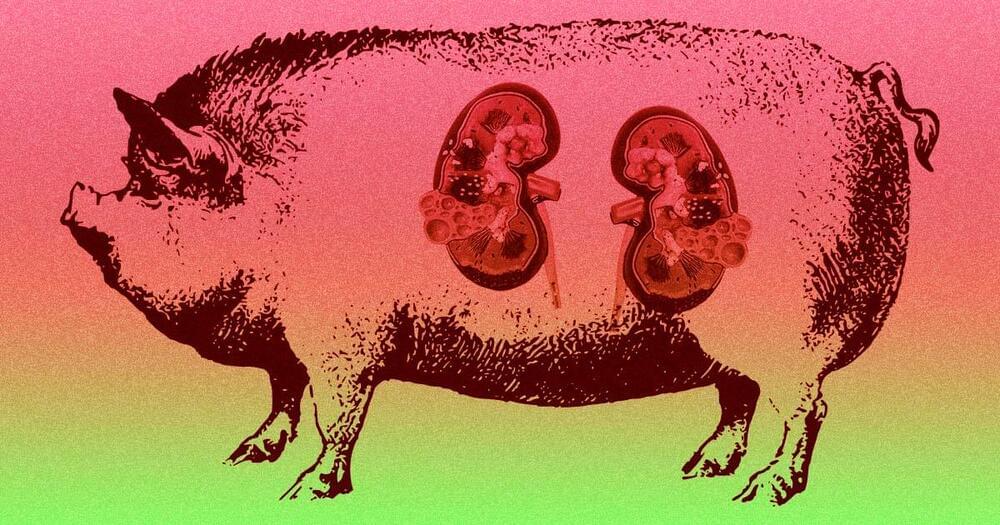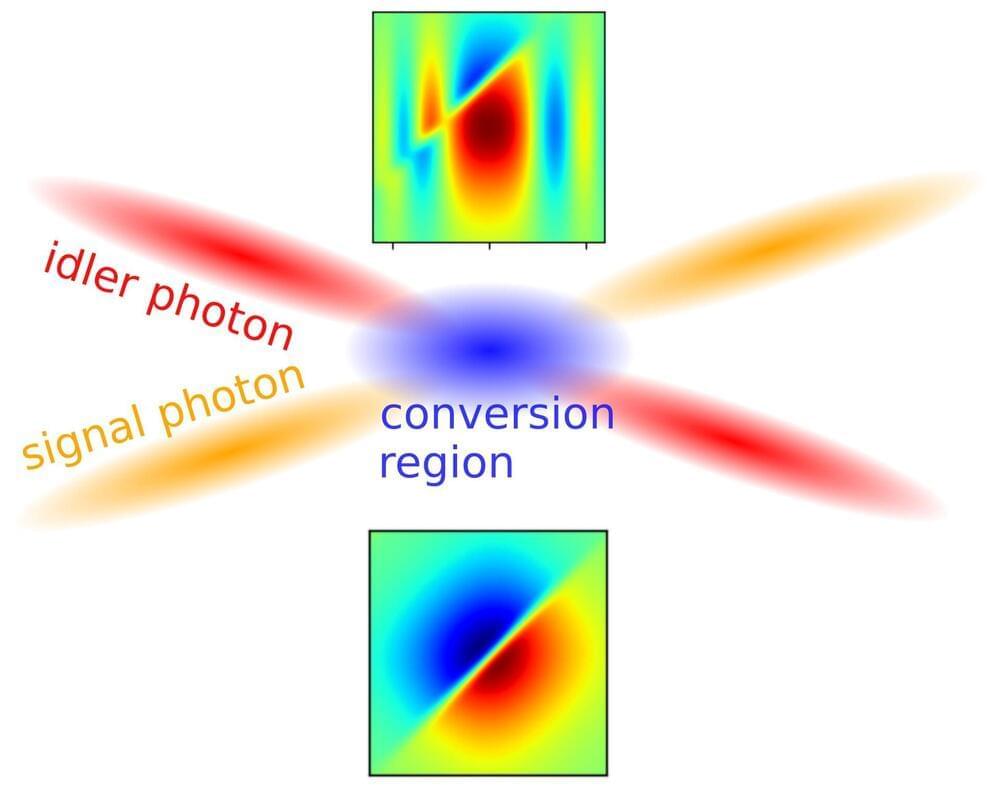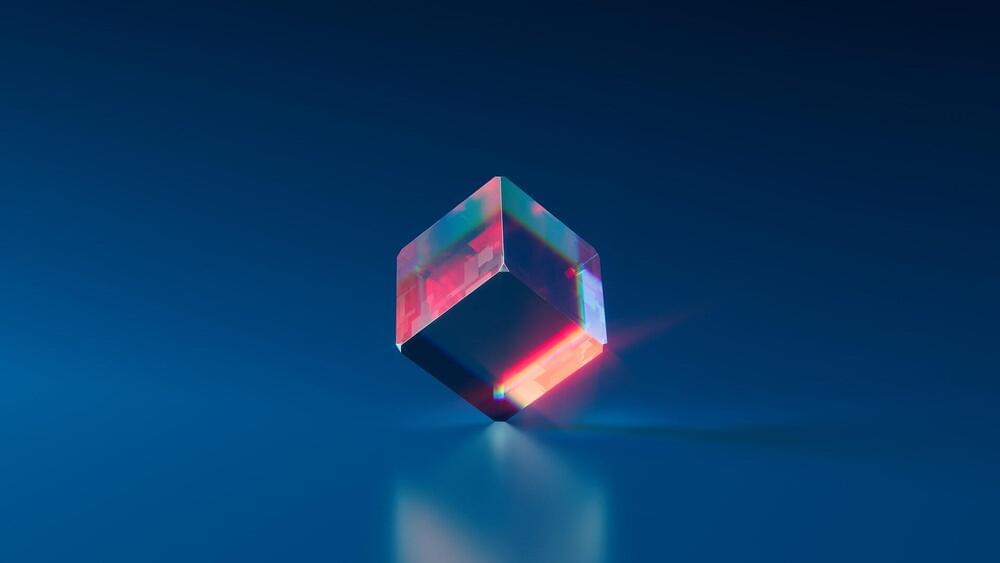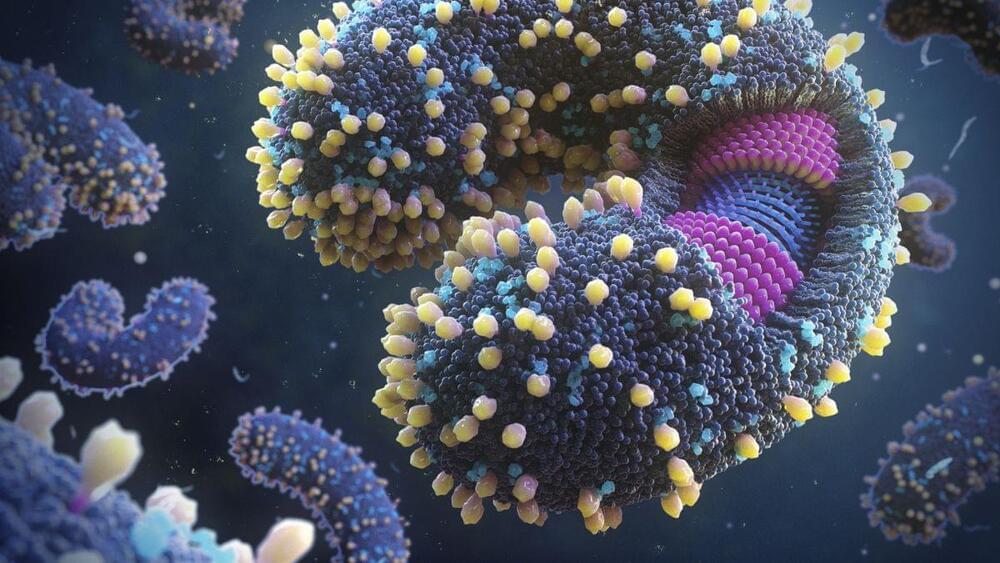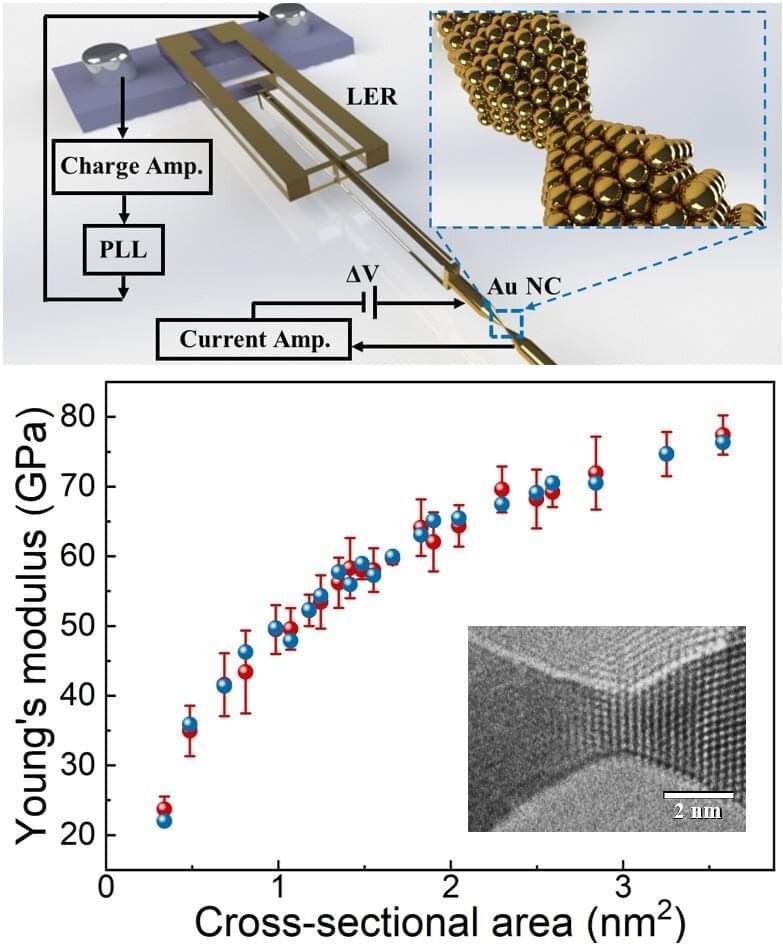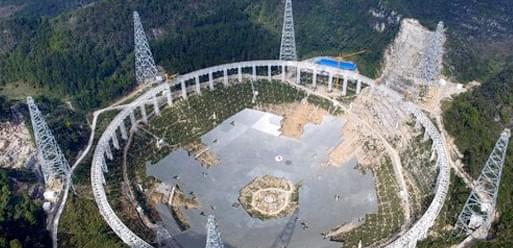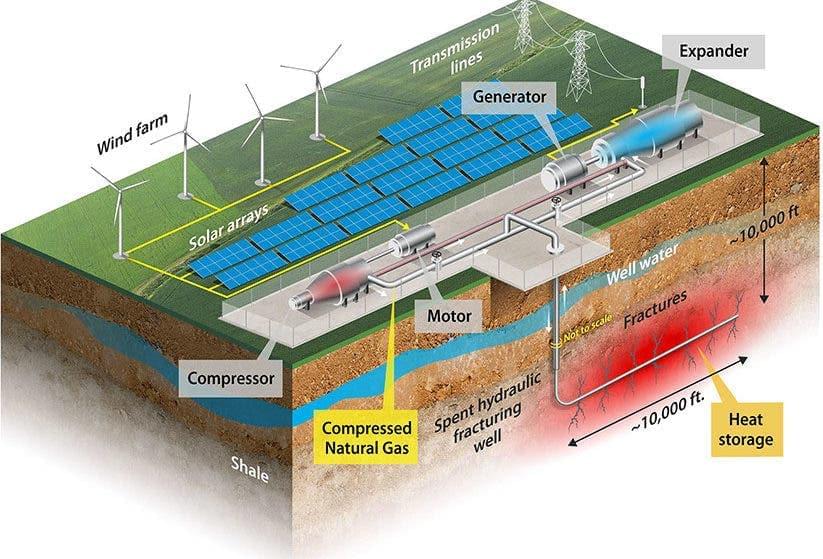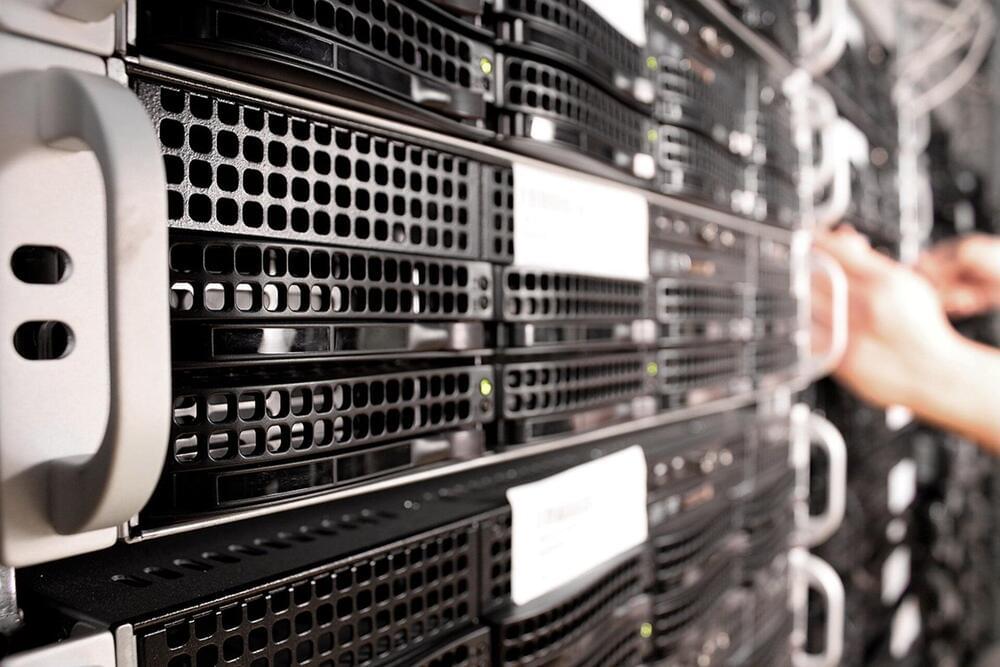For the first time ever, doctors have successfully transplanted a kidney from a pig to a human — and, they say, the organ functioned normally.
The procedure occurred between a genetically-altered pig and a brain dead human patient at NYU Langone Health, according to The New York Times. The pig was genetically engineered to grow a kidney that would be accepted by a human body. The organ was then attached to the patient’s blood vessels in the upper leg, outside of the abdomen, where the researchers observed it functioning normally.
“It was better than I think we even expected,” Dr. Robert Montgomery, director of the NYU Langone Transplant Institute, told the NYT. Montgomery helped perform the procedure in September and told the paper that it “looked like any transplant I’ve ever done from a living donor. A lot of kidneys from deceased people don’t work right away, and take days or weeks to start. This worked immediately.”
